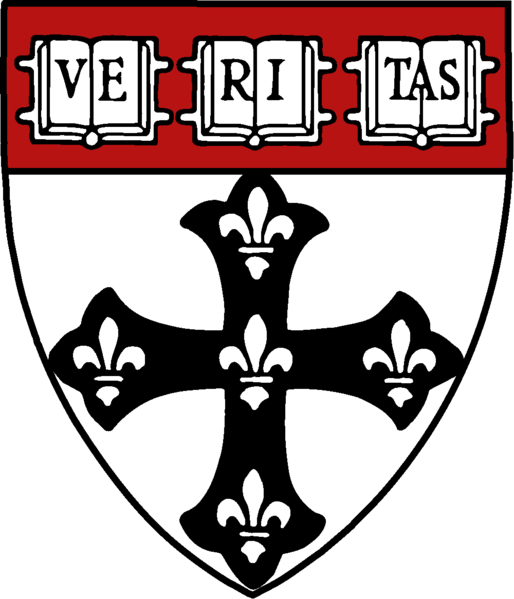Advanced Training Program on Humanitarian Action (ATHA) Specialized Training: Protection of IDPs
Description:
Specialized training courses on humanitarian action were offered throughout the year for twenty-five to thirty participants. Trainings were interactive, and included instruction modules, case studies based on situations familiar to participants, simulation activities, and high-level panel debates with experts in the field. The course included opportunities for discussion and analysis of the particular dilemmas faced by organizations operating in conflict situations, so that participants could exchange information multilaterally. Background Preventing and resolving violent conflict is often central to reducing poverty and working towards long-term sustainable development. NGOs have increasingly come to understand that they have great potential for contributing to peaceful change and preventing violent conflict. Development cooperation has an important role to play in conflict management and there is a need of making actions more conflict-sensitive. Purpose The purpose of the course was to enhance the capacity of NGOs in their efforts to improve the protection and assistance to IDPs, by providing training on how to operationalize the Guiding Principles and improve the protection of IDPs in particular. The training was based on modules covering key aspects of the protection of IDPs. These modules addressed the following topics: * The IDP definition * The Guiding Principles on Internal Displacement * Protection from displacement * Protection during displacement * The Actors: The "collaborative response" to internal displacement * Gender approach to displacement * Durable solutions to displacement Content and method The "protection egg model", as described in the Protection Guide for humanitarian agencies, developed by Hugo Slim and Andrew Bonwick, was referenced and used in the training. The module sessions were approximately 90 minutes in duration, and were designed according to an interactive model. Each module combined exercises, case studies and presentations. Participants were provided with handouts documenting the various issues addressed during the sessions. The training was planned in collaboration with the Internal Displacement Monitoring Centre (IDMC) within the Norwegian Refugee Council (NRC). Specially selected resource persons with expertise in the area, and experience in working with conflict analysis in the field, conducted the training.
In partnership with:
The objective of the Advanced Training Program on Humanitarian Action (ATHA) is to enhance the knowledge of NGOs and other relevant actors operating in the humanitarian field, and to create greater awareness of the relationship between development cooperation and humanitarian operations in complex political emergencies.
The Internal Displacement Monitoring Centre (IDMC), established in 1998 by the Norwegian Refugee Council (NRC), is the leading international body monitoring conflict-induced internal displacement worldwide. Through its work, the Centre contributes to improving national and international capacities to protect and assist the millions of people around the globe who have been displaced within their own country as a result of conflicts or human rights violations.
The Norwegian Refugee Council (NRC) is an independent, humanitarian non-governmental organisation which provides assistance, protection and durable solutions to refugees and internally displaced persons worldwide.
Sida works according to directives of the Swedish Parliament and Government to reduce poverty in the world. The overall goal of Swedish development cooperation is to contribute to making it possible for poor people to improve their living conditions.





